The Spring/Summer 2026 runways in New York, London and Milan — alongside the upcoming collections in Paris — offer a glimpse into how fashion houses are adapting to economic headwinds. With new creative directors debuting under heightened scrutiny, the season revealed both cautious recalibrations and bold risks — underscoring a designer’s first collection at the helm of a storied Maison cannot guarantee success in what some may describe as a contracting luxury market. The season was also marked by institutional shifts, with Fendi announcing Silvia Venturini Fendi’s appointment as Honorary President. Following decades of shaping accessories, menswear and most recently women’s collections, her new role reflects a consolidation of heritage at a moment when the industry is more turbulent than ever.
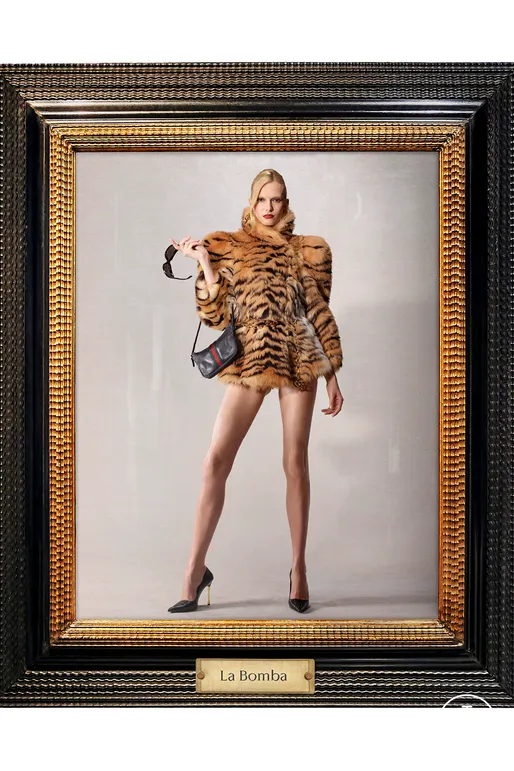
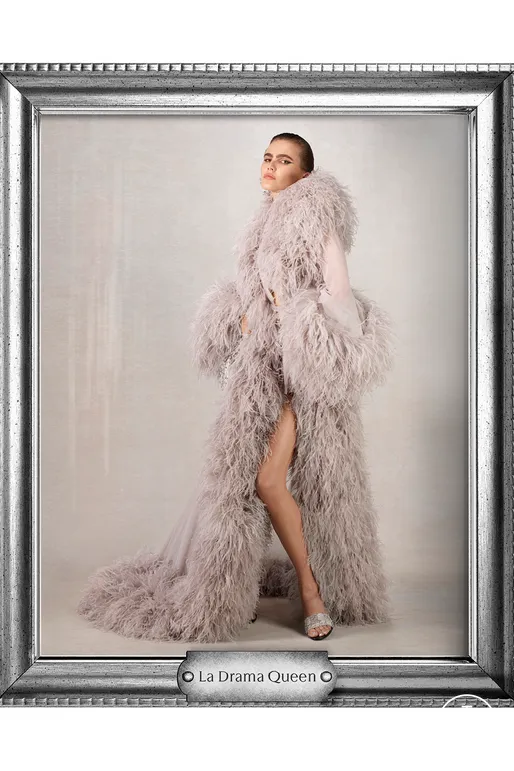
Fashion Week as a Litmus Test
Fashion weeks have become a barometer for how global brands navigate economic uncertainty. Amid rising costs, stagnant consumer spending and volatile markets, the debut collections of newly appointed designers are under intense scrutiny. Gucci, Loewe, Dior and Chanel all introduced new visions this season, each facing the dual challenge of honouring brand heritage while signalling relevance to a world of shifting priorities.
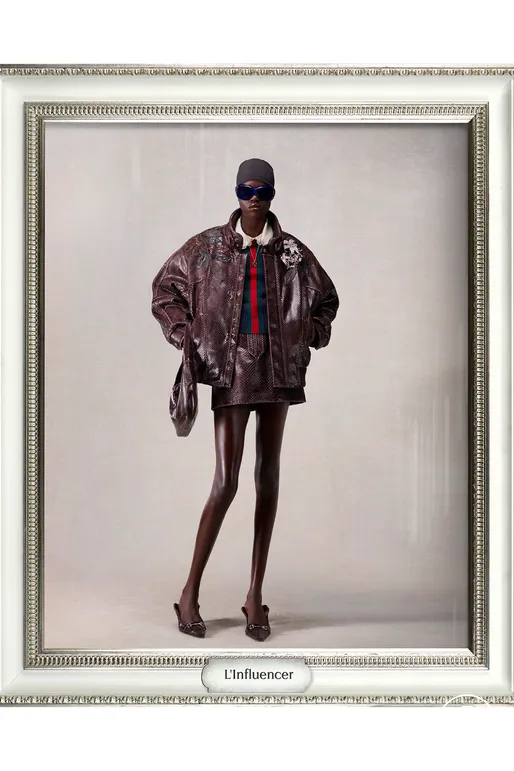
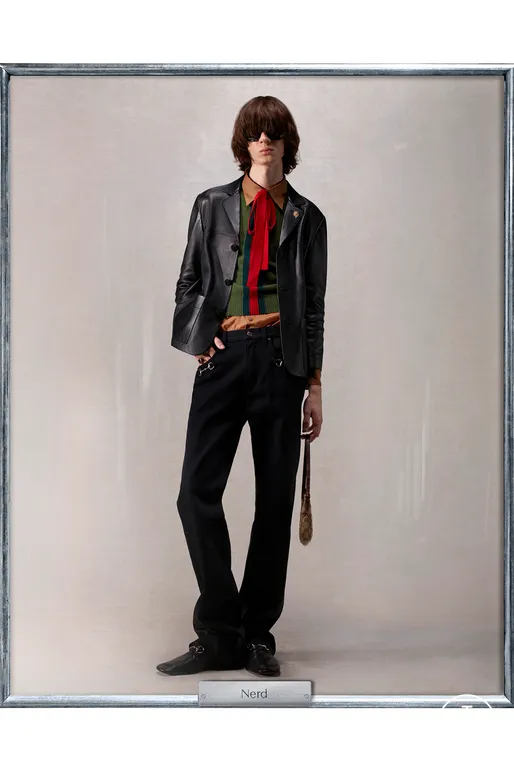
The spotlight falls on a wave of designers whose first collections carry outsized expectations but offer few certainties. While some have embraced cautious reinvention, others have taken bolder risks — a reflection of the broader industry reckoning. Demna’s decision to forgo a traditional runway show in favour of a digital lookbook for Gucci underscored a recalibrated approach, where spectacle is no longer sufficient to guarantee attention or sales. At Gucci, Demna’s La Famiglia collection exemplifies this balance: an unapologetically exuberant reinvention of “Gucciness” that celebrates the House’s codes, heritage motifs and theatricality while laying the foundation for a future vision. Portraits of the brand’s imagined extended family, a revival of archival handbags, and a playful mix of maximalism and neo-minimal sensuality illustrate how narrative and heritage can coexist in a modern context.
Navigating Change in a Declining Market
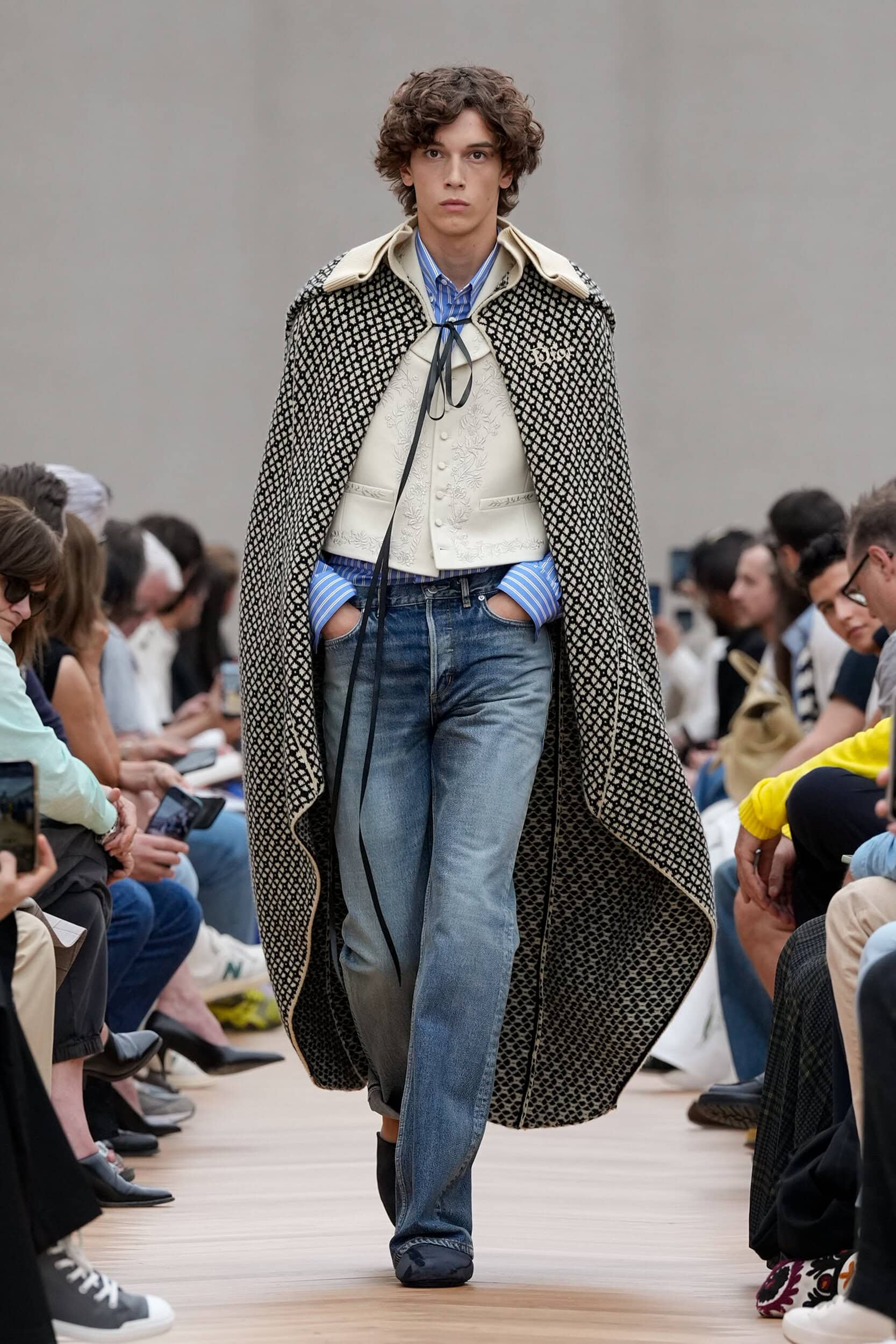
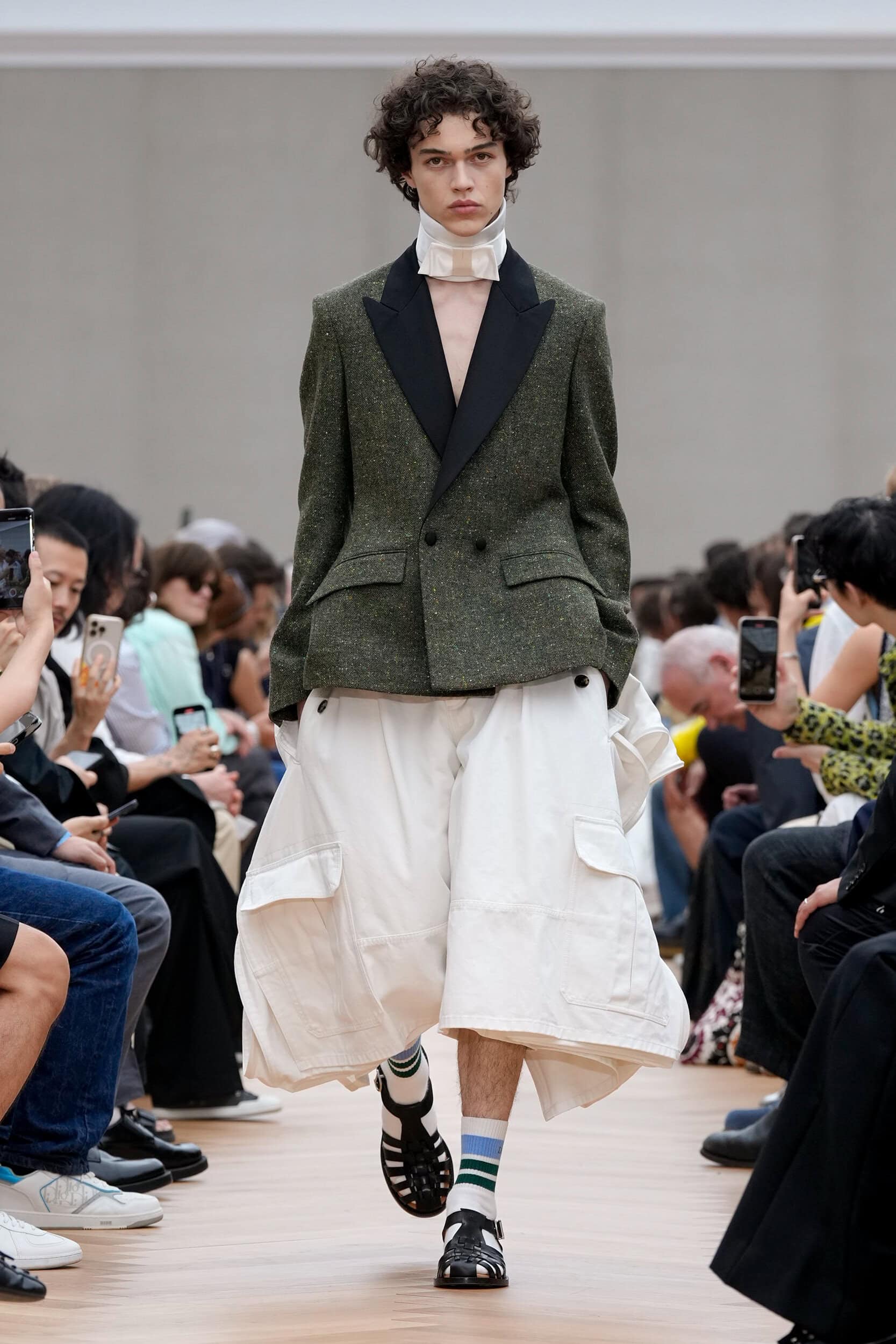
The Spring/Summer 2026 season marks a pivotal moment in a year already defined by unprecedented creative turnover. Givenchy, Tom Ford, Dries Van Noten, Dior Men’s, Celine and Margiela have all launched new creative directions, and the autumn schedule will continue this trend with Chanel, Dior, Balenciaga, Loewe, Versace and Mugler. Bottega Veneta, however, has already showcased under Louise Trotter, whose debut arrived at the intersection of legacy and renewal.
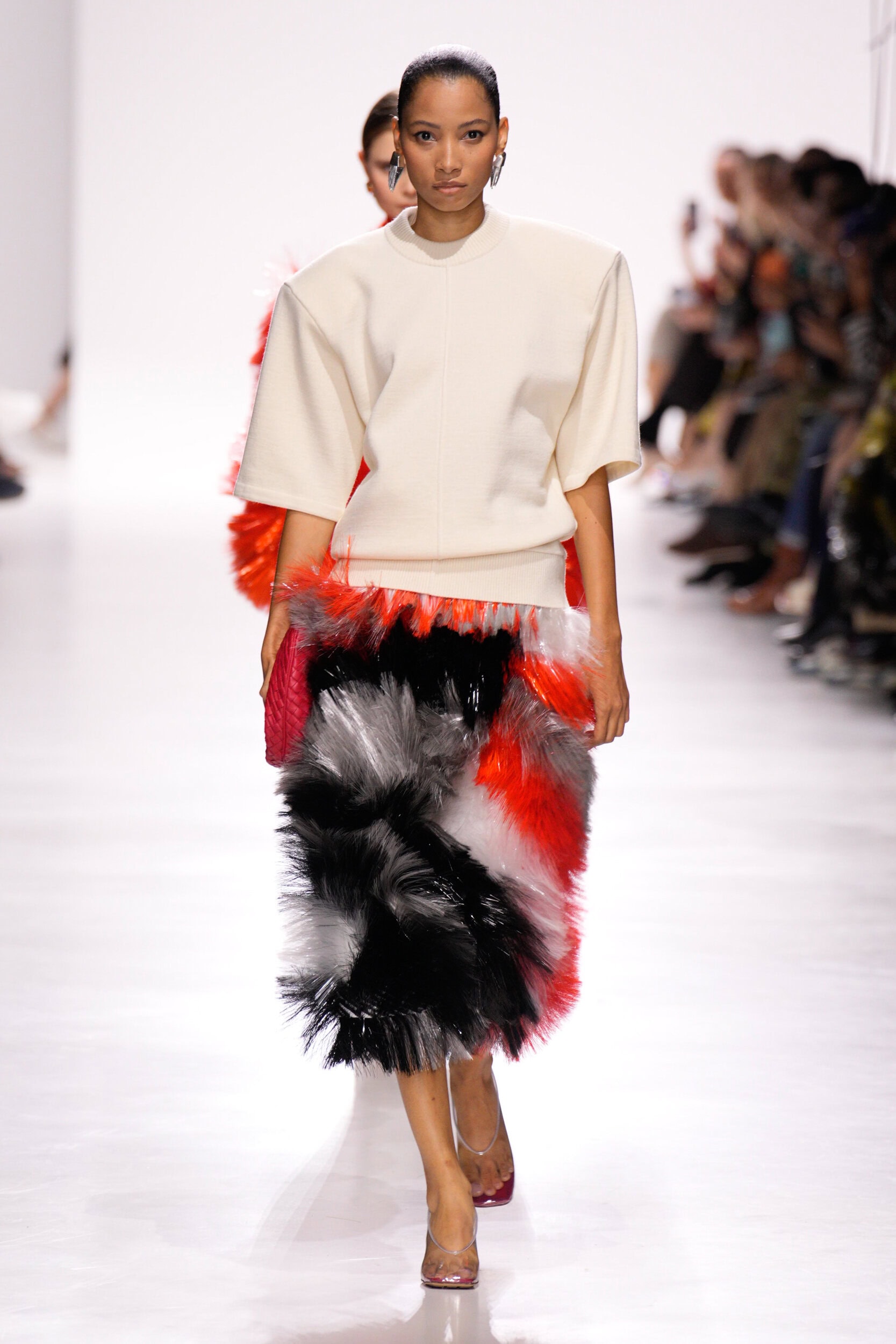
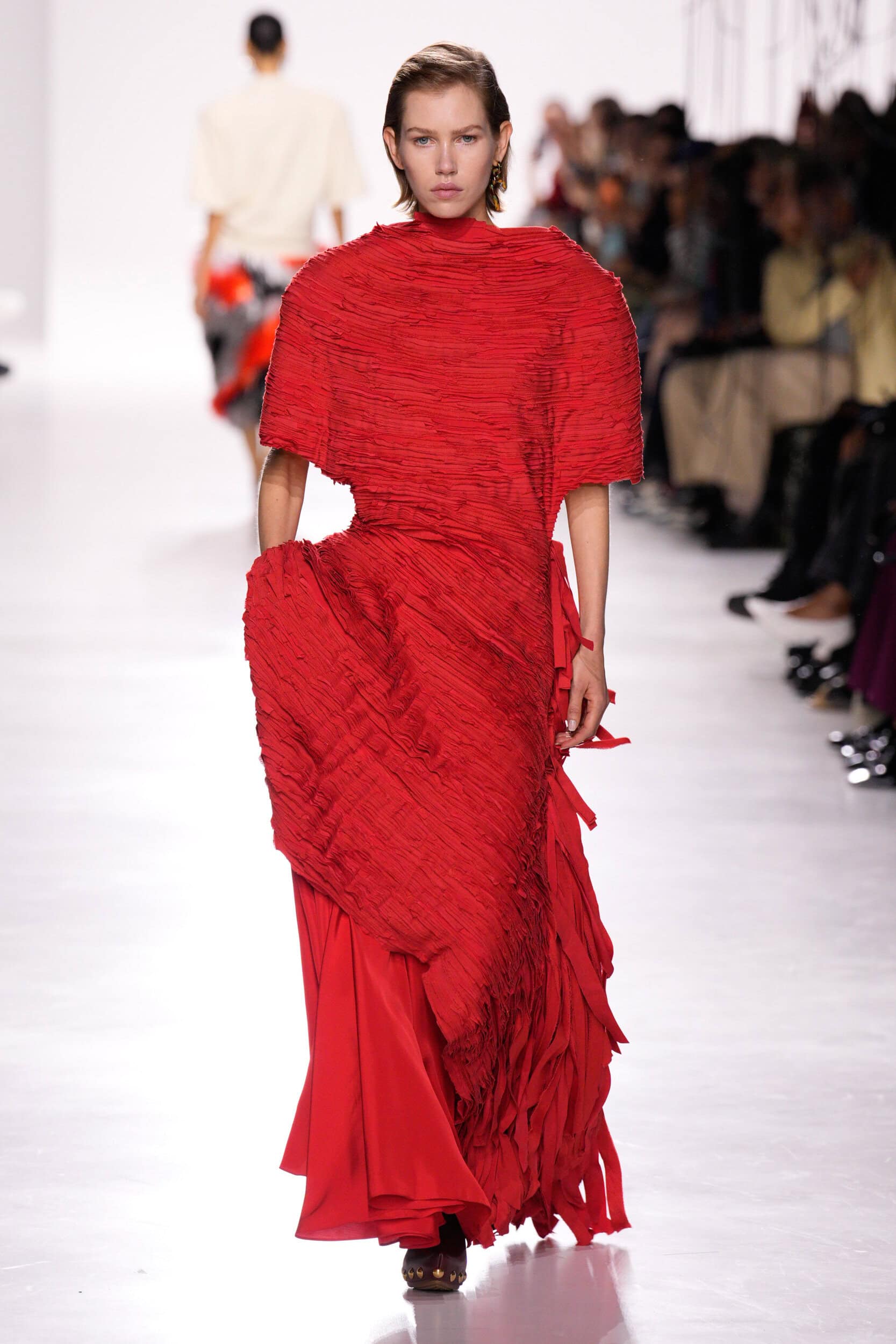
Trotter used Bottega Veneta’s 60th anniversary as a framework, grounding her collection in the house’s foundational idea of Intrecciato as a metaphor for collaboration and continuity. Classic bags such as the Lauren and the Cabat were reimagined with structural shifts, while tailoring took cues from the rigour of Italian menswear workshops. Crucially, the show was staged with an audio artwork by Oscar-winning director Steve McQueen, who wove together the voices of Nina Simone and David Bowie in a sonic Intrecciato. It was a clear signal that the brand’s re-positioning rests not only on craft but also on cultural resonance. In a season dominated by questions of risk and restraint, Bottega Veneta’s strategy combined heritage with experimentation in ways that suggested durability beyond the initial buzz of a debut.
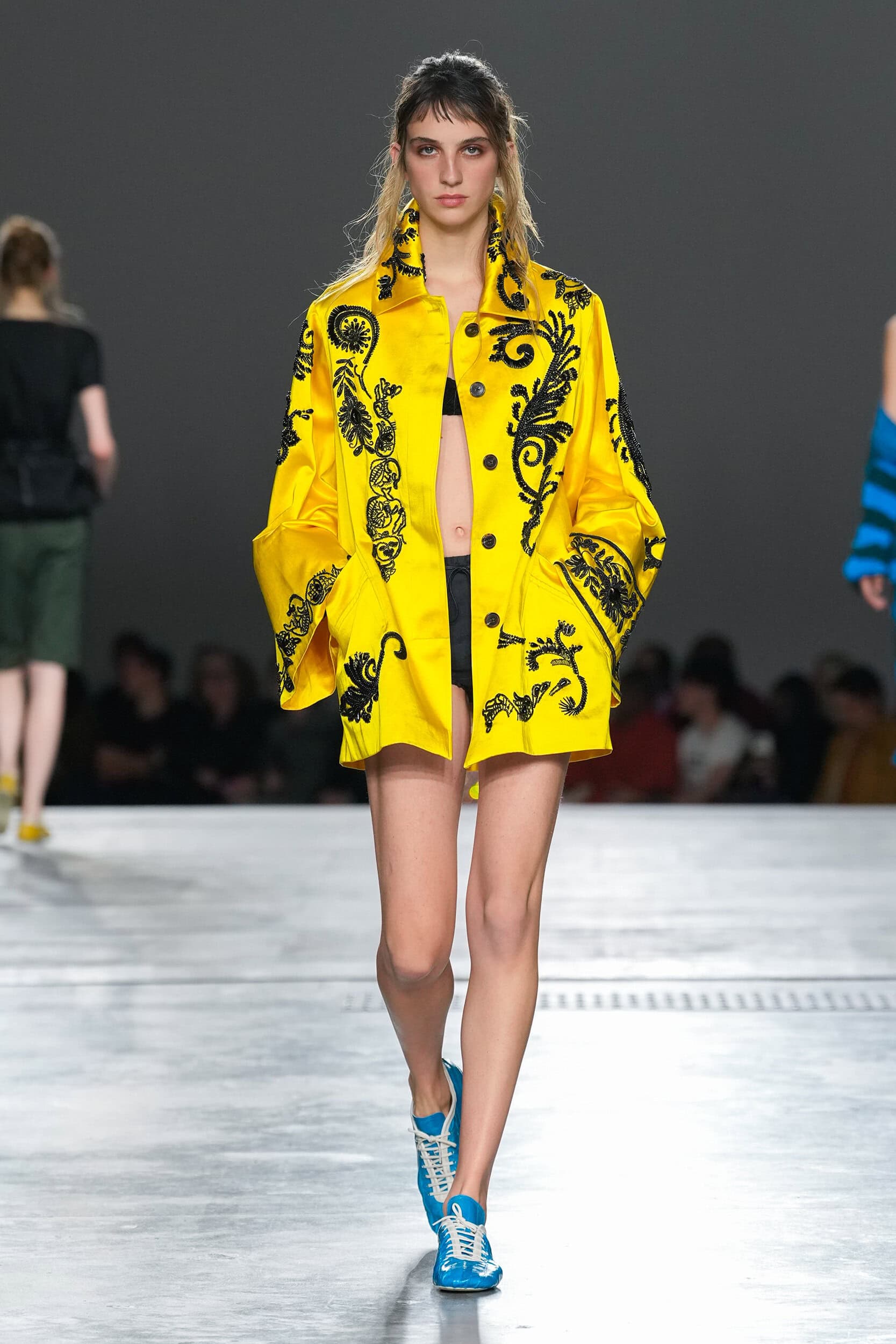
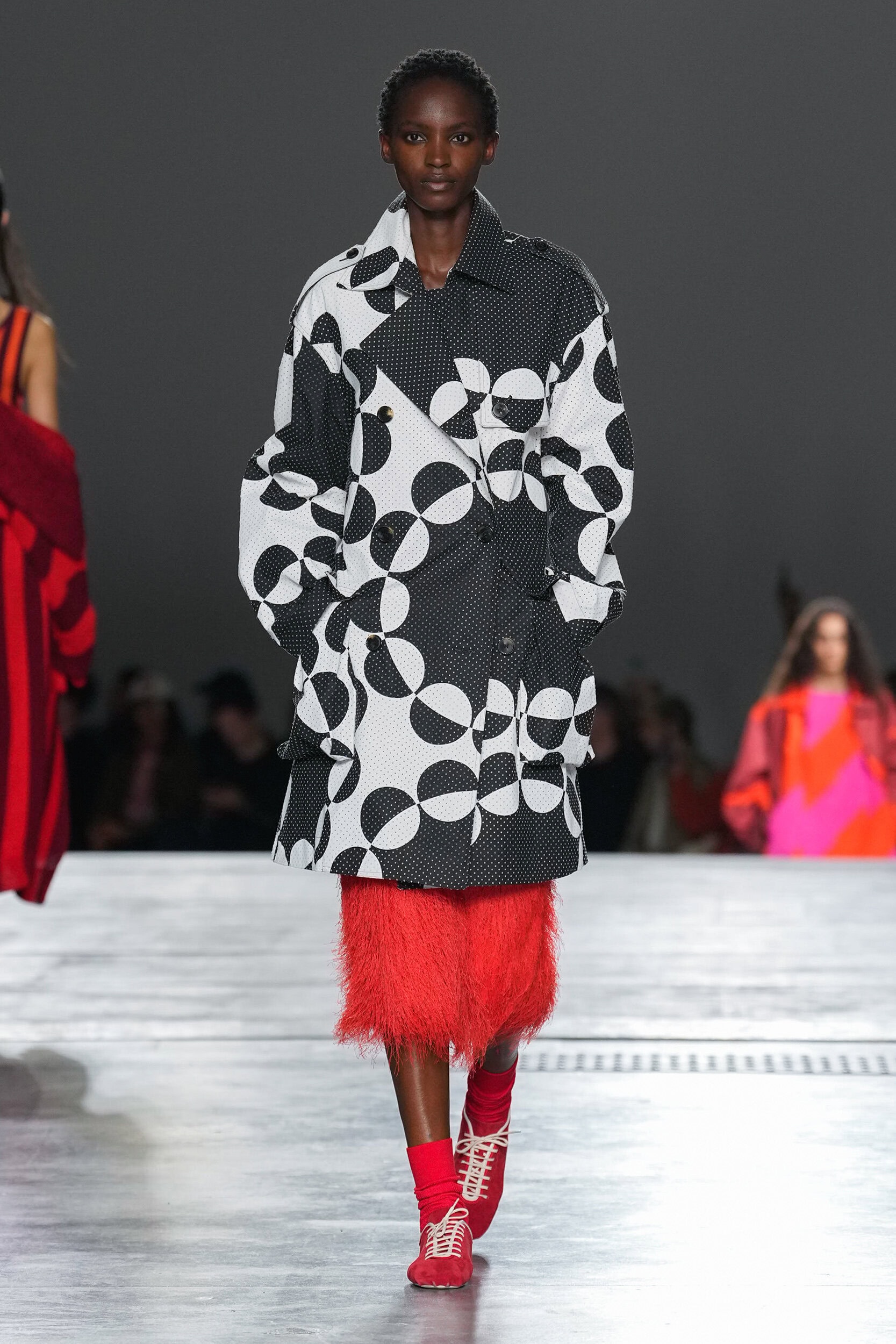
The pressure on new directors is immense. Luxury consumers are demanding freshness, but spending is tightening. A debut collection may generate buzz, yet the translation into sustainable commercial success — across marketing, retail and digital channels — is far from guaranteed. Brands must balance creativity with financial prudence, crafting innovations that reinforce brand equity rather than novelty for its own sake.
Reinvention Without Losing Identity
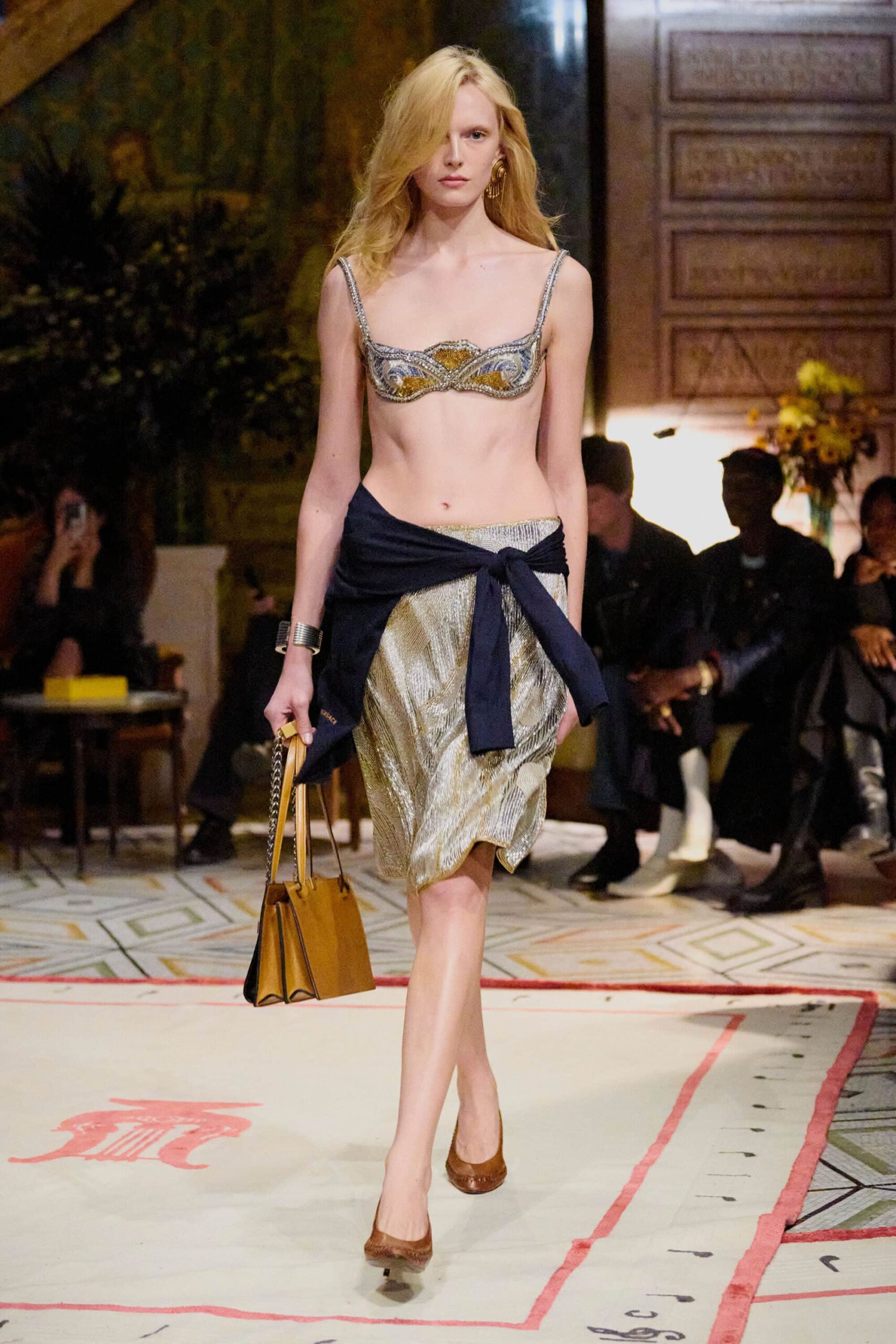
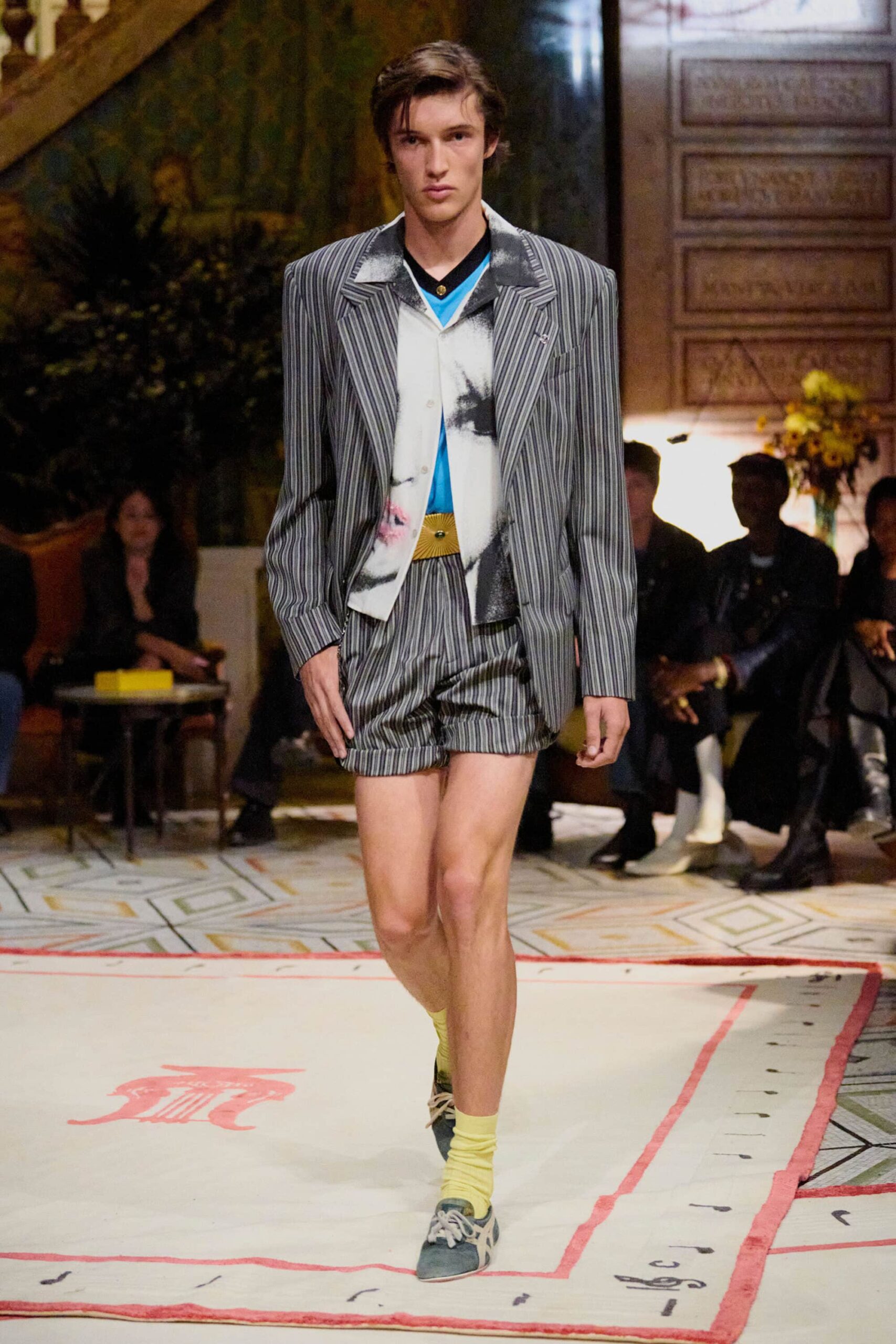
In an era where “the fashion industry is boring” is a recurring critique, these designer transitions offer a rare opportunity for excitement. Yet the season revealed that reinvention requires more than runway spectacle. Heritage brands must find ways to make their history feel current, aligning with cultural debates and evolving consumer identities. This is innovation anchored in equity, not experimentation for its own sake. The aftermath of New York fashion week had critics calling the showcase “unmemorable”.
The key lesson of Spring/Summer 2026 is clear: a single collection is rarely a silver bullet. The first season under a new creative director may ignite interest, but meaningful change — in brand narrative, product strategy and market positioning — unfolds over time. Fashion weeks remain a stage for spectacle, but they are increasingly also a mirror — reflecting how luxury houses confront economic realities, shifting identities and the relentless demand for relevance in a contracting global market.
For more on the latest in luxury fashion and style reads, click here.
The post Spring/Summer 2026 Fashion Weeks in Focus appeared first on LUXUO.
